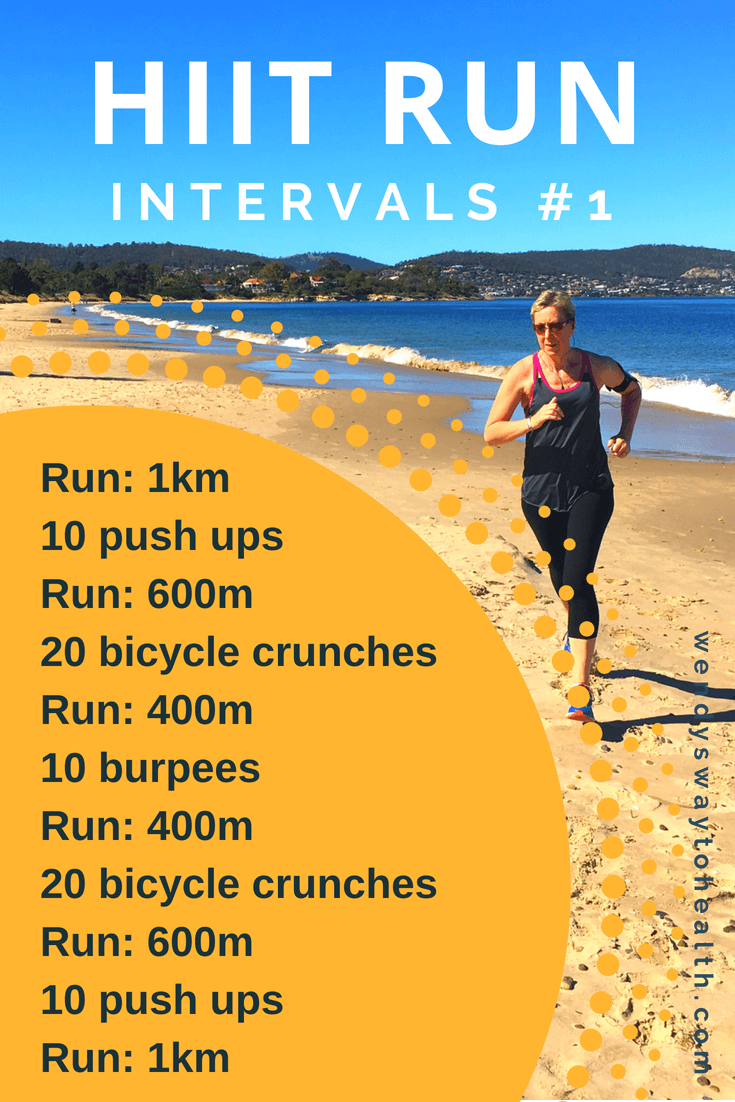Revamp Your Running Strategy: Tips for Boosted Efficiency
Revamp Your Running Strategy: Tips for Boosted Efficiency
Blog Article
The Ultimate Guide to Dealing With Pain When Running
Whether you are an experienced marathoner or just beginning your running journey, understanding the numerous kinds of discomfort that can emerge and the methods to resolve them is critical. From pre-run workout routines to proper footwear selection, there are various variables to consider when it comes to dealing with discomfort while running.

Recognizing Various Types of Running Discomfort
When running, it is necessary to compare different sorts of pain to protect against injuries and make the most of efficiency (Read More). One usual kind of pain that joggers may experience is muscle mass pain, which typically arises from the stress and anxiety placed on muscles during exercise. This sort of discomfort is often a normal component of the running procedure and can be handled via correct warm-up, cool-down, and extending regimens
One more type of discomfort to be familiar with is joint pain. Joint pain can indicate concerns such as overuse, incorrect form, or underlying problems like arthritis. Overlooking joint discomfort can cause extra extreme injuries, so it is critical to address any discomfort without delay and possibly look for specialist advice.
Additionally, sharp or stabbing discomforts need to not be neglected. These kinds of discomfort can indicate intense injuries such as strains, sprains, or stress and anxiety cracks - running strategy. Remaining to go through these sorts of discomfort can worsen the injury and lengthen recovery time

Pre-Run Warm-Up and Stretching Regular
To prepare the body for a running session, executing an efficient pre-run workout and stretching routine is necessary. A correct workout aids enhance blood circulation to the muscular tissues, boosts flexibility, and minimizes the threat of injury during the run. Start with vibrant stretches like leg swings, arm circles, and high knees to progressively elevate your heart rate and loosen up the muscles. Dynamic extending assists imitate the motions you'll be doing while running, preparing your body for the activity in advance. Follow this with static stretches concentrating on significant muscle teams such as the hamstrings, quadriceps, calf bones, and glutes. Hold each go for concerning 15-30 seconds without jumping to promote muscle relaxation and versatility. Bear in mind to listen to your body and readjust the strength of your warm-up based upon your fitness degree and any kind of pre-existing problems. By integrating a consistent pre-run workout and stretching regular right into your running routine, you can maximize performance and reduce the threat of pain or injury.
Proper Footwear Selection and Fit
Choosing appropriate footwear that fits well is crucial for runners to avoid pain and reduce the danger of injuries. Ill-fitting footwear can bring about blisters, black toenails, shin splints, and various other excruciating conditions that can impede efficiency and sideline training. When selecting operating footwear, it important link is necessary to think about aspects such as foot kind, running stride, arch support, cushioning, and shoe size. running strategy. Visiting a specialized running store for a gait analysis and specialist installation can aid make certain that you select the right shoes for your individual requirements. Running footwear should supply appropriate assistance and stability while likewise being comfy and lightweight. In addition, it is recommended to change your operating shoes every 300-500 miles to preserve correct padding and assistance. Purchasing top quality footwear that is ideal for your running style and foot anatomy is an aggressive action towards protecting against pain and injuries throughout your runs.
Nourishment and Hydration Tips for Pain Prevention

Hydration is similarly vital for joggers to prevent cramps, dehydration, and various other pains that can lead to pain during running. By prioritizing nourishment and hydration, runners can enhance their performance, reduce discomfort, and delight in a much more comfortable running experience.
Post-Run Recovery Techniques to Alleviate Discomfort
Executing efficient recuperation strategies is crucial for reducing discomfort and advertising muscle mass recuperation after running sessions. Additionally, topping aching areas for 15-20 mins can aid minimize inflammation and numb discomfort post-run.
Eating a well balanced snack or meal that includes healthy protein and carbohydrates within 30 mins of ending up a run can help fix muscle cells and renew energy stores. By integrating these post-run healing techniques into your routine, you can properly handle discomfort and enhance your running performance.
Verdict
To conclude, attending to different sorts of running pain through correct workout, extending, footwear choice, nutrition, hydration, and post-run healing methods is crucial for discomfort prevention and administration. By recognizing the root causes of pain and executing these techniques, runners can minimize discomfort and possible injuries. It is important to prioritize overall physical wellness and well-being to make sure an effective and satisfying running experience.
Report this page